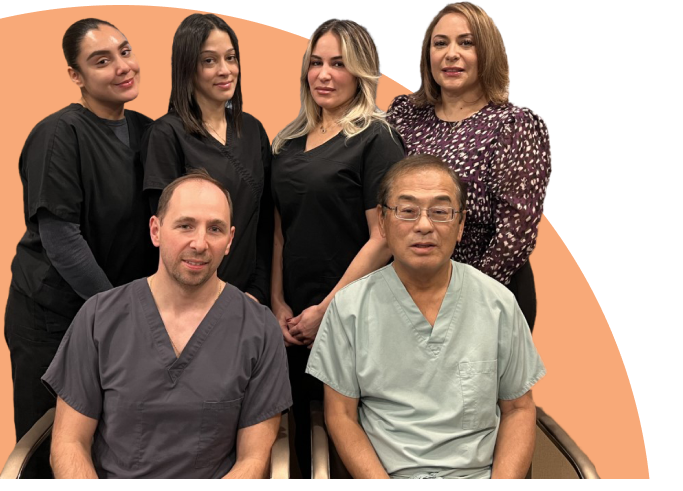Bioactive Bioceramics used in dentistry is probably the most advanced materials used in Endodontics and have allowed for saving many teeth that would have been lost otherwise.
Introducing the revolutionary first-generation bioceramic cement in endodontics: mineral trioxide aggregate (MTA). Developed in the 1990s, MTA has swiftly emerged as the go-to material for a range of procedures including apical surgery, perforation repair, pulp capping, and apexification. While MTA has been highly regarded, it does have some drawbacks – it cannot be utilized in a sealer form and has the potential for staining. Nonetheless, rest assured that MTA remains an exceptional choice for these essential treatments.
The new generation of Bioceramics has changed the use of these cement in Endodontics. It has all the same indications for use as the MTA. In addition, it is used as a sealer during the root canal obturation. Unlike traditional root canal sealers, it does not shrink. Therefore, we can rely on its sealing ability to fill the canals while minimizing the use of gutta-percha.
The purpose of the gutta-percha cone is to drive the sealer into cleaned isthmuses and irregular gaps. It also serves as a soft core that will allow for retreatment as set bioceramic cement is a challenge to go through with hand or rotary files.


